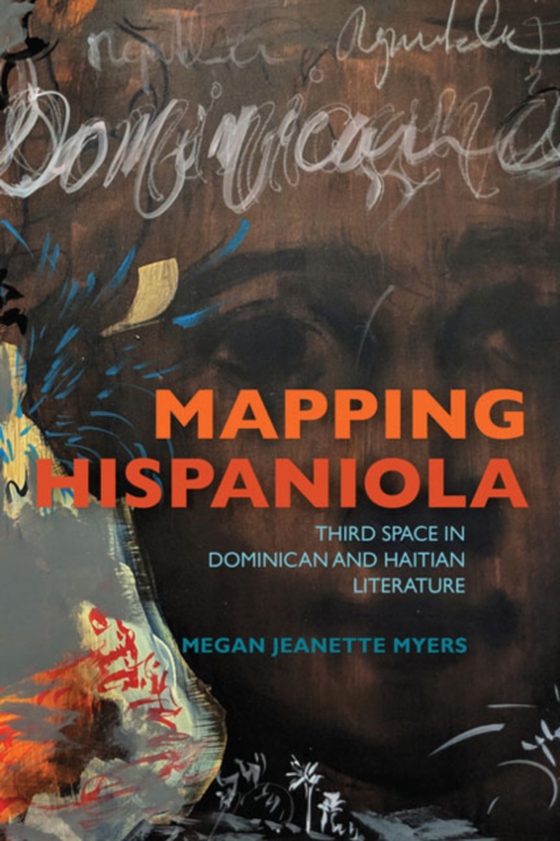
Mapping Hispaniola e-bog
637,41 DKK
(ekskl. moms 509,93 DKK)
Because of their respective histories of colonization and independence, the Spanish-speaking Dominican Republic has developed into the largest economy of the Caribbean, while Haiti, occupying the western side of their shared island of Hispaniola, has become one of the poorest countries in the Americas. While some scholars have pointed to such disparities as definitive of the island's literature...
E-bog
637,41 DKK
Forlag
University of Virginia Press
Udgivet
16 august 2019
Længde
234 sider
Genrer
1KJD
Sprog
English
Format
epub
Beskyttelse
LCP
ISBN
9780813943091
Because of their respective histories of colonization and independence, the Spanish-speaking Dominican Republic has developed into the largest economy of the Caribbean, while Haiti, occupying the western side of their shared island of Hispaniola, has become one of the poorest countries in the Americas. While some scholars have pointed to such disparities as definitive of the island's literature, Megan Jeanette Myers challenges this reduction by considering how certain literary texts confront the dominant and, at times, exaggerated anti-Haitian Dominican ideology.Myers examines the antagonistic portrayal of the two nations-from the anti-Haitian rhetoric of the intellectual elites of Dominican dictator Rafael Trujillo's rule to the writings of Julia Alvarez, Junot Diaz, and others of the Haitian diaspora-endeavoring to reposition Haiti on the literary map of the Dominican Republic and beyond. Focusing on representations of the Haitian-Dominican dynamic that veer from the dominant history, Mapping Hispaniola disrupts the "e;magnification"e; and repetition of a Dominican anti-Haitian narrative.
 Dansk
Dansk

